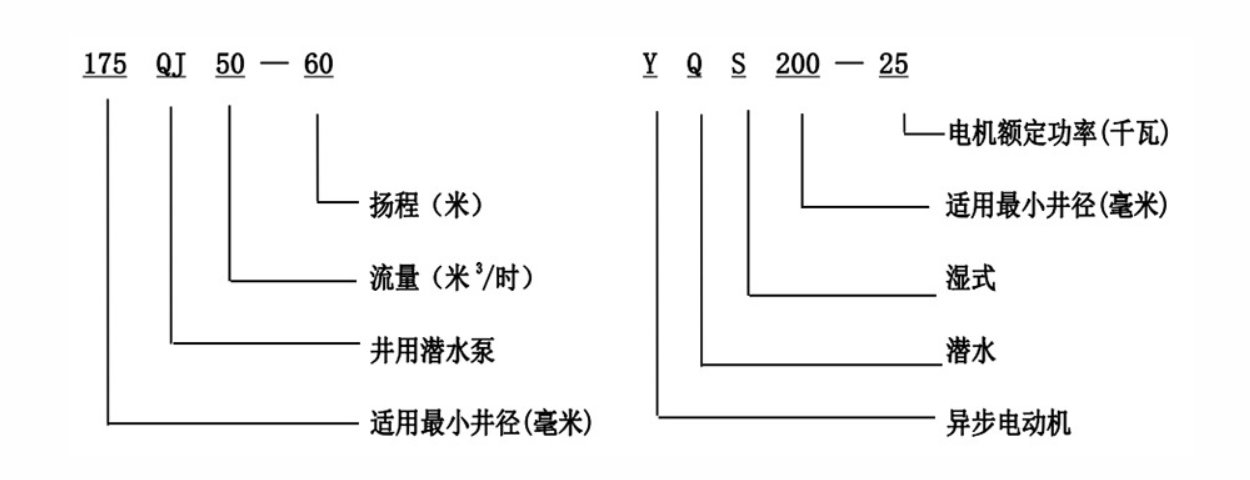Nov . 28, 2024 15:15 Back to list
Essential Tips for Maintaining Your Submersible Water Pump Efficiency
Maintenance Tips for Submersible Water Pumps
Submersible water pumps are essential tools used in various applications, including residential, agricultural, and industrial settings. These pumps operate underwater and are designed to push water to the surface. While they are efficient and powerful, proper maintenance is crucial to ensure their longevity and optimal performance. Here are key maintenance tips to keep your submersible water pump running smoothly.
1. Regular Inspection
Scheduled inspections are critical to detect potential issues before they escalate into major problems. Regularly check the pump, motor, and power supply. Look for signs of wear, corrosion, or leakage. Ensure that the cable and connections are secure and free from damage. Conduct visual inspections at least once a month, especially before and after heavy usage periods, such as during the rainy season.
2. Cleanliness is Key
Debris, dirt, and other contaminants can significantly affect pump performance. Ensure that the area around the pump is clean and free from any obstructive materials. If the pump is submerged in a well or body of water, consider installing a screen or filter to minimize the intake of sand, leaves, or other debris. Regularly clean the pump and its components to prevent build-up that can hinder operation.
3. Checking the Power Supply
The efficiency of a submersible pump largely depends on a stable and adequate power supply. Inspect the power supply and electrical connections regularly. Look for any signs of fraying, loose connections, or corrosion. Make sure the circuit breaker is functioning correctly and that the voltage levels are within the pump's specified range. Power surges or fluctuations can cause damage to the motor, so it may be beneficial to invest in a surge protector.
4. Monitoring Operating Conditions
Understanding the conditions under which your pump operates is crucial for maintenance. Regularly monitor the water level to ensure the pump is not operating dry, which can lead to overheating and irreversible damage. Check the temperature of the pump’s motor; if it feels excessively hot, it might be a sign of a problem. Ideally, the pump should be submerged enough to cool the motor and prevent failure.
submersible water pump maintenance

5. Lubrication
Many submersible pumps have mechanical seals and bearings that require lubrication. Over time, grease can break down or wash away, leading to increased friction and wear. Refer to the manufacturer's manual for recommendations on lubrication frequency and type. Ensuring proper lubrication will help maintain the efficiency and longevity of the pump.
6. Seasonal Maintenance
In areas with seasonal weather changes, your pump requires additional attention, particularly before and after use during the peak season. Before winter, remove the pump from the water source, clean it, and store it in a dry place to prevent freeze damage. Conversely, before the rainy season, inspect and test the pump to ensure it’s functioning optimally.
7. Professional Servicing
While many maintenance tasks can be performed by the owner, there are complex issues that require professional expertise. If you notice persistent operational issues, unusual noises, or significant wear and tear, consult a professional technician. They can conduct a thorough examination and recommend repairs or replacements as needed.
8. Documentation and Record Keeping
Keeping detailed records of maintenance activities, inspections, and repairs can help track the pump's performance over time. Documentation allows you to make informed decisions about when to replace parts or the entire unit based on its service history. It may also be handy for warranty claims or when selling the property.
Conclusion
Submersible water pumps are vital for effective water management, but they require regular maintenance to function at their best. By following these maintenance tips, you can extend the lifespan of your pump, avoid costly repairs, and ensure reliable operation when you need it most. Remember, a well-maintained pump not only saves time and money but also enhances the overall efficiency of your water management system. Regular care can go a long way in preventing unexpected breakdowns and ensuring your pump delivers optimal performance for years to come.
-
Submersible Water Pump: The Efficient 'Power Pioneer' of the Underwater World
NewsJul.01,2025
-
Submersible Pond Pump: The Hidden Guardian of Water Landscape Ecology
NewsJul.01,2025
-
Stainless Well Pump: A Reliable and Durable Pumping Main Force
NewsJul.01,2025
-
Stainless Steel Submersible Pump: An Efficient and Versatile Tool for Underwater Operations
NewsJul.01,2025
-
Deep Well Submersible Pump: An Efficient 'Sucker' of Groundwater Sources
NewsJul.01,2025
-
Deep Water Well Pump: An Efficient 'Sucker' of Groundwater Sources
NewsJul.01,2025
-
 Submersible Water Pump: The Efficient 'Power Pioneer' of the Underwater WorldIn the field of hydraulic equipment, the Submersible Water Pump has become the core equipment for underwater operations and water resource transportation due to its unique design and excellent performance.Detail
Submersible Water Pump: The Efficient 'Power Pioneer' of the Underwater WorldIn the field of hydraulic equipment, the Submersible Water Pump has become the core equipment for underwater operations and water resource transportation due to its unique design and excellent performance.Detail -
 Submersible Pond Pump: The Hidden Guardian of Water Landscape EcologyIn courtyard landscapes, ecological ponds, and even small-scale water conservancy projects, there is a silent yet indispensable equipment - the Submersible Pond Pump.Detail
Submersible Pond Pump: The Hidden Guardian of Water Landscape EcologyIn courtyard landscapes, ecological ponds, and even small-scale water conservancy projects, there is a silent yet indispensable equipment - the Submersible Pond Pump.Detail -
 Stainless Well Pump: A Reliable and Durable Pumping Main ForceIn the field of water resource transportation, Stainless Well Pump has become the core equipment for various pumping scenarios with its excellent performance and reliable quality.Detail
Stainless Well Pump: A Reliable and Durable Pumping Main ForceIn the field of water resource transportation, Stainless Well Pump has become the core equipment for various pumping scenarios with its excellent performance and reliable quality.Detail
